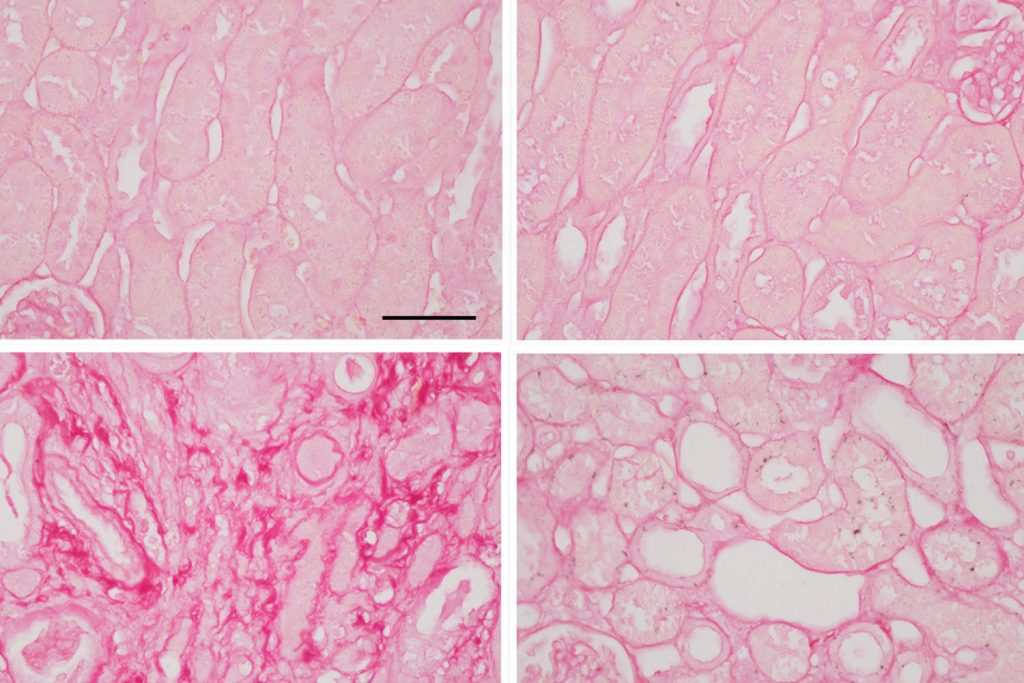Research & Discovery
MSW Students Pursue Passion-Driven Research Through Independent Study
Students work under the guidance of a faculty member to develop skills needed for research-focused social work careers
December 17, 2025 | Olivia Drake
UConn Medical Students Always Advancing Scientific Knowledge
The highly successful Summer Research Program is powered by generous donations to the Dean’s Discovery Fellowship Fund
December 17, 2025 | Lauren Woods
‘A Hell of Horrors’: Confronting Bias in US Reporting on Haiti
UConn School of Public Policy associate professor Thomas Craemer analyzes years of news coverage
December 17, 2025 | Mac Murray
Different Continents, Similar Dedication
Two UConn senior leaders attended an international summit in Johannesburg, learning that peer universities all over the globe are facing familiar challenges to research and higher education.
December 17, 2025 | Matt Engelhardt
UConn Leverages AI to Personalize Learning for Student Success
An AI-powered approach to help neurodiverse students succeed in learning
December 16, 2025 | Ira Morrison
UConn-led Project Promotes Climate-Resilient Coastal Communities
Funded by a $500,000 NSF grant, the two-year initiative spearheaded by researchers at UConn-based Connecticut Institute for Resilience and Climate Adaptation (CIRCA) will ensure coastal communities have access to the expertise and tools needed to develop and implement strategies and policies that make them more resilient to the effects of extreme weather and climate change
December 15, 2025 | Loretta Waldman
UConn’s Native Plants and Pollinators Conference Draws Strong External Engagement
The fifth biannual Native Plants and Pollinators Conference brought together professionals and enthusiasts from across Connecticut
December 10, 2025 | Jessica McBride, PhD
Understanding the Scars of Kidney Disease
About one in seven American adults has chronic kidney disease
December 10, 2025 | Kim Krieger
UConn Engineering Selected to Receive $3M in Federal Funding for Wastewater Research
This fund is part of the Advanced Research Projects Agency-Energy (ARPA-E) Program to eliminate waste of essential minerals and increase domestic resiliency
December 9, 2025 | Claire Galvin
Brain Scans May Signal Which Therapy Tactics Work Best for Youths
Connecticut and Texas researchers working together to advance testing of the effectiveness of group motivational interviewing for youths struggling with addiction.
December 8, 2025 | Stephen Fontenot. UT Dallas









